Geometry Worksheet-14
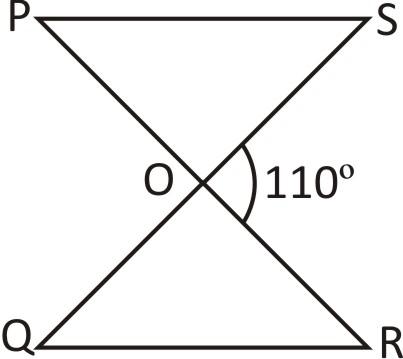
(a) 90° (b) 70° (c) 20° (d) 110°
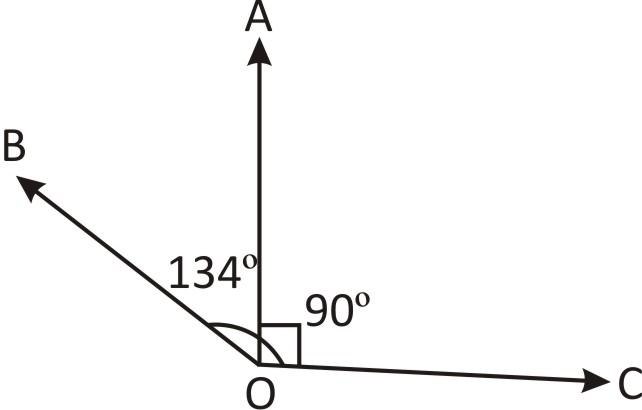
(a) 90° (b) 44° (c) 224° (d) 134°
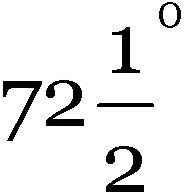 is
is(a) 17° (b) 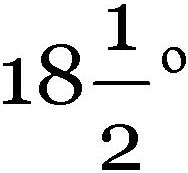 (c)
(c) 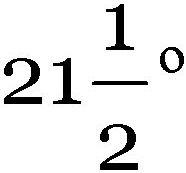 (d)
(d) 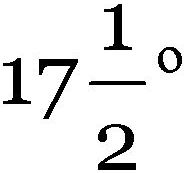
(a) 70.5° (b) 71.5° (c) 71° (d) 72.5°
(a) straight (b) acute (c) right (d) left
(a) > 0°, < 90° (b) > 90°, < 180°
(c) > 0°, < 270° (d) > 0°, < 180°
(a) obtuse angle (b) right angle
(c) reflex angle (d) complete angle
(a) right angle (b) complete angle
(c) acute angle (d) obtuse angle
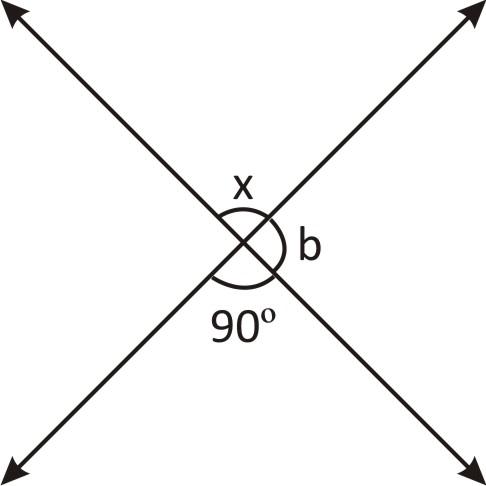
(a) ∠x = 90º ∠b = 60º (b) ∠x = 90º ∠b = 30º
(c) ∠x = 90º ∠b = 90º (d) ∠x = 90º ∠b = 180º
(a) parallel (b) perpendicular
(c) adjacent (d) none
(a) straight angle (b) right angle
(c) acute angle (d) obtuse angle
(a) right angle (b) straight angle
(c) obtuse angle (d) acute angle
(a) reflex angle (b) right angle
(c) straight angle (d) acute angle
(a) complete angle (b) reflex angle
(c) zero angle (d) none
(a) straight angle (b) obtuse angle
(c) right angle (d) complete angle
(a) complementary angles (b) linear pair
(c) vertically opposite angles (d) None
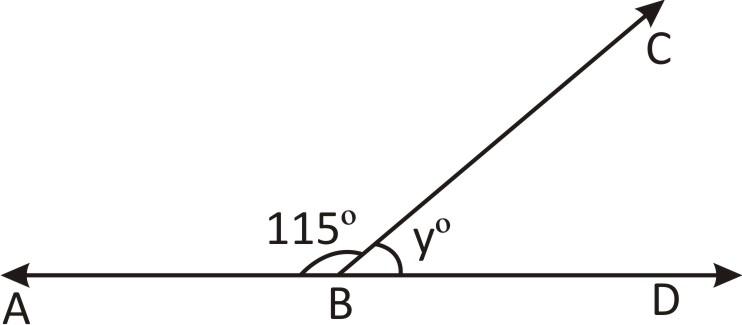
(a) ∠y = 65º (b) ∠y = 85º
(c) ∠y = 75º (d) ∠y = 80º
(a) right (b) obtuse (c) acute (d) none
(a) adjacent angles (b) Complementary
(c) Supplementary (d) none
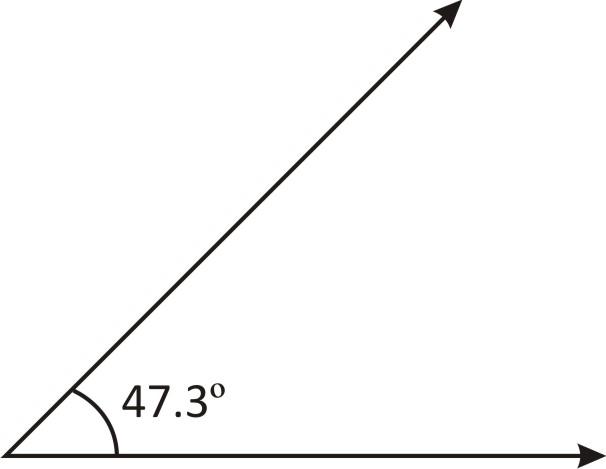
(a) 122.7º (b) 131.7º (c) 132.7º (d) 132.4º
Answer Key:
(1)-(d); (2)-(b); (3)-(d); (4)-(b); (5)-(c); (6)-(b); (7)-(c); (8)-(b); (9)-(c); (10)-(b); (11)-(a); (12)-(d); (13)-(b); (14)-(b); (15)-(a); (16)-(b); (17)-(a); (18)-(b); (19)-(a); (20)-(c)